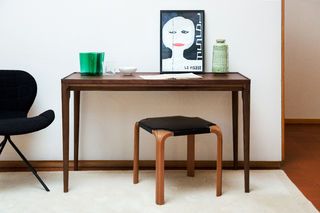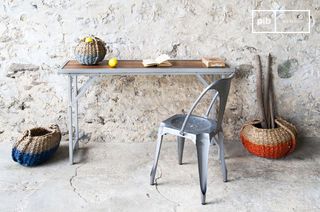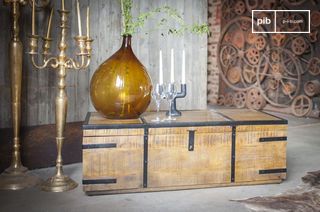Entryway tables
Entrance tables are both practical and visual. Positioned against a wall or under a mirror, they can be used to hold everyday items such as keys, bags and mail. Their slim design makes them easy to integrate into high-traffic areas without impeding circulation. Material, height and storage system vary according to intended use. An entrance table helps to structure the space from the moment you enter the home, while providing a fixed point of reference.
read more >Filters
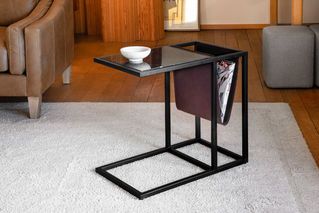
Marble magazine tableNoora
€325 €295-10%
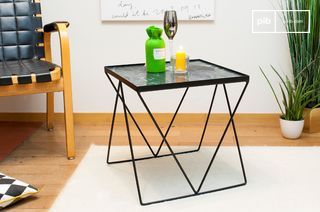
Small green marble tableBumcello
€260 €235-10%
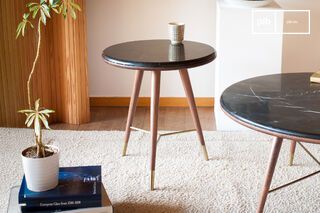
Black marble end tableSivart
€379 €340-10%
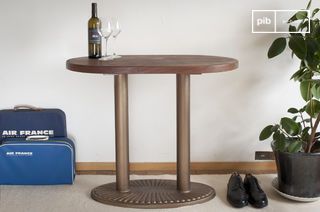
Small oval wooden dining tableWashington
€580 €520-10%
10 festive days
10% off our tables and consoles
Welcome your guests in style · Limited stock
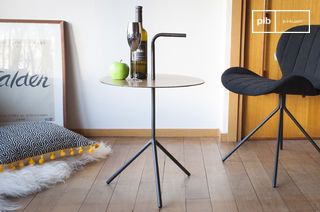
Portable table with handleXylème
€295 €265-10%

Uses and positioning of the entrance table
The entrance table occupies a strategic position in the home: the threshold. It acts as an interface between the outside and the inside. Its role is twofold: to accommodate immediately useful objects (keys, telephone, wallet) and to visually structure the first glance at the home. Unlike a decorative console, the entrance table is designed for recurring, functional use. It must be accessible without taking up space, and legible without dominating.
The positioning is decisive. Leaning against a wall, it can be combined with a mirror, directional lighting or a pocket divider. In the absence of a defined corridor, it can play the role of demarcation between two zones: entrance and living room, for example. Its depth is often less than 40 cm, to facilitate passage even in narrow areas. Its height is generally around 75 to 85 cm, allowing it to be used standing up without constraint.
Shapes, materials and layout
The choice of an entrance table depends on the constraints of circulation, light and available surface area. Rectangular models are the most common, but certain curved or half-moon shapes can fit into more complex configurations. The absence of a base or solid pedestal maintains a sense of openness, useful in small spaces.
Materials directly influence the perception of space. Light wood adds visual warmth, while painted metal or glass accentuate lightness. Models in marble or reconstituted stone introduce a strong visual density and can serve as a focal point in a vast or sparsely furnished entrance. Some models feature drawers or low shelves for additional storage. It's important that these features remain accessible without hindering the flow of movement.
An entrance table can also accommodate fixed objects: lamp, vase, wall clock, wall organizer. It's advisable not to multiply the elements. The aim is to provide a clear, identifiable and stable support surface, without creating visual or functional overload.
Organization, maintenance and articulation with the rest of the space
The durability of an entrance table depends on its daily use. It must withstand repeated rubbing, light impacts and objects placed down quickly. A matte or satin finish limits visible marks, while a solid wood top can be renovated if necessary. The choice of material should therefore be aligned with the inhabitants' rhythm of life.
As the entrance is often a transitional zone, the entrance table can play a mediating role between the outside world and the inside ambiance. It can echo elements of the living room or kitchen: wall colors, style of door handles, flooring, light fixtures. It doesn't need to be central, but it does need to be coherent. The mirror above, the adjacent bench or the wall-mounted coat hooks contribute to building a clear functional zone, without partitioning space.
Finally, from a minimalist storage perspective, it's possible to integrate complementary solutions: under-table baskets, hanging modules, side hooks. These additions must be discreet and always thought out according to frequency of use. The interest of an entry table lies in its ability to organize without complicating.
The entry table is not a secondary piece of decorative furniture. It serves a precise function: to accompany the gestures of passage. Its format, materials and place must be chosen in keeping with the rhythm of the place and the logic of the home.
The entrance table is not a secondary decorative piece of furniture
